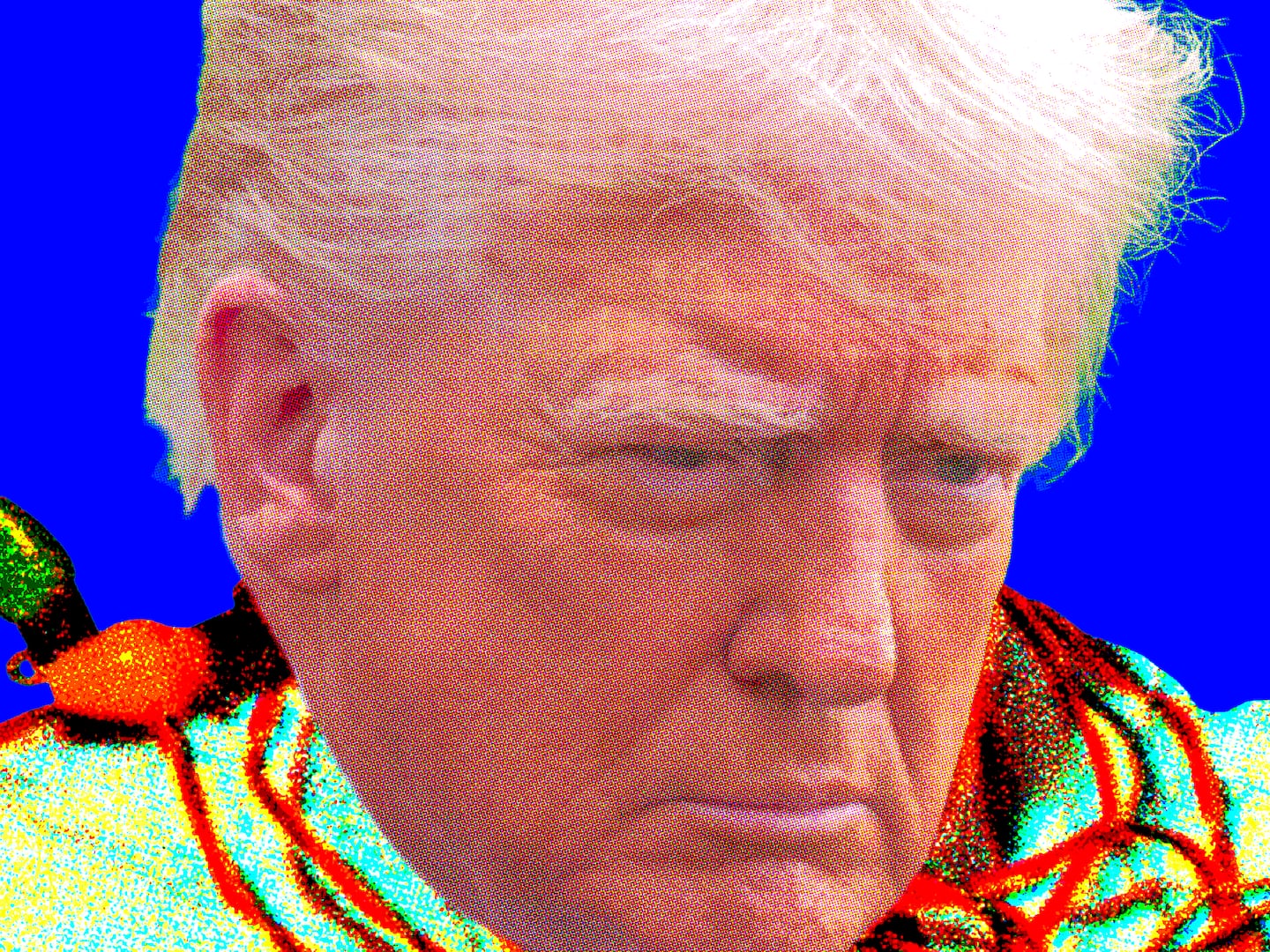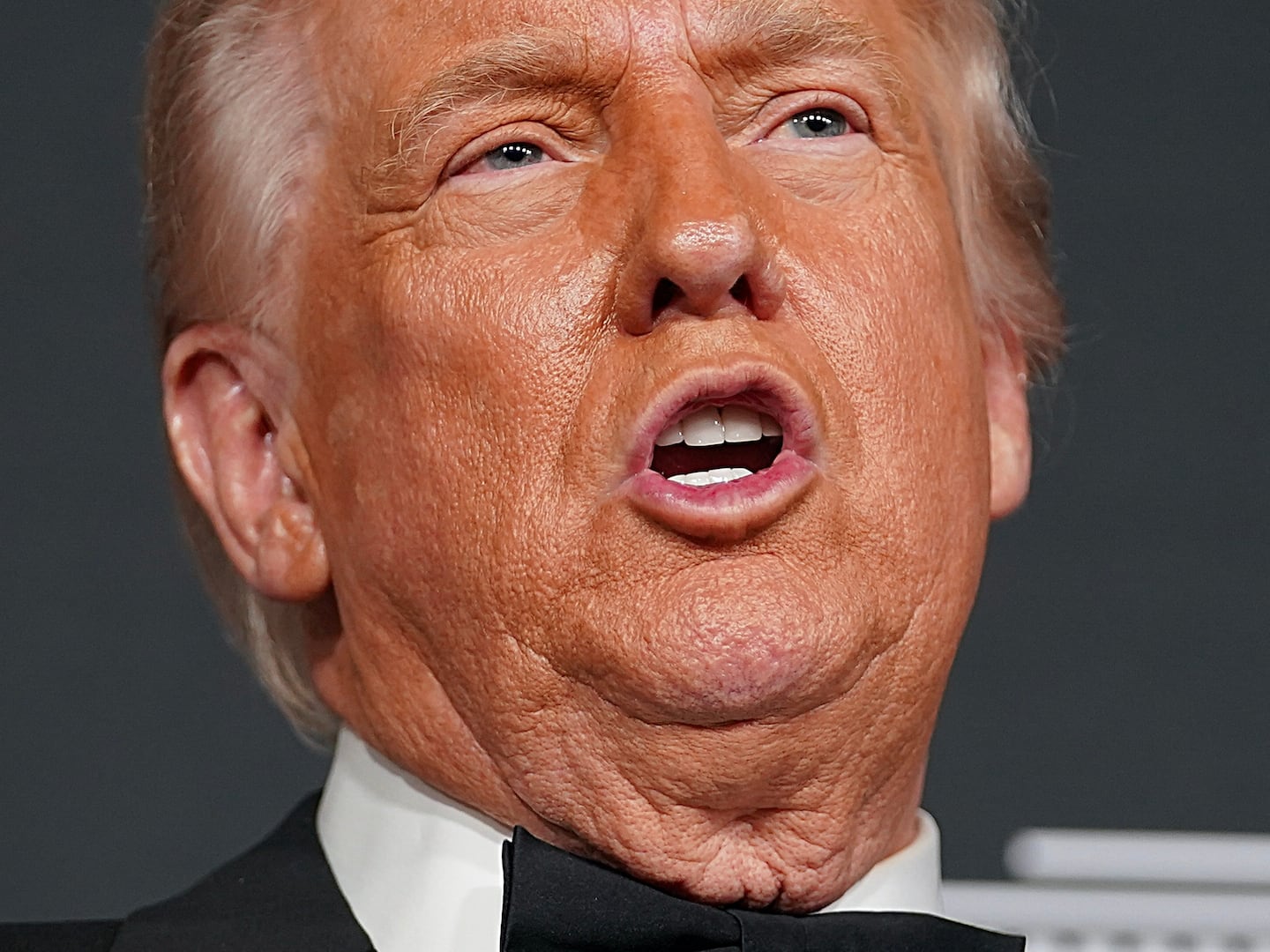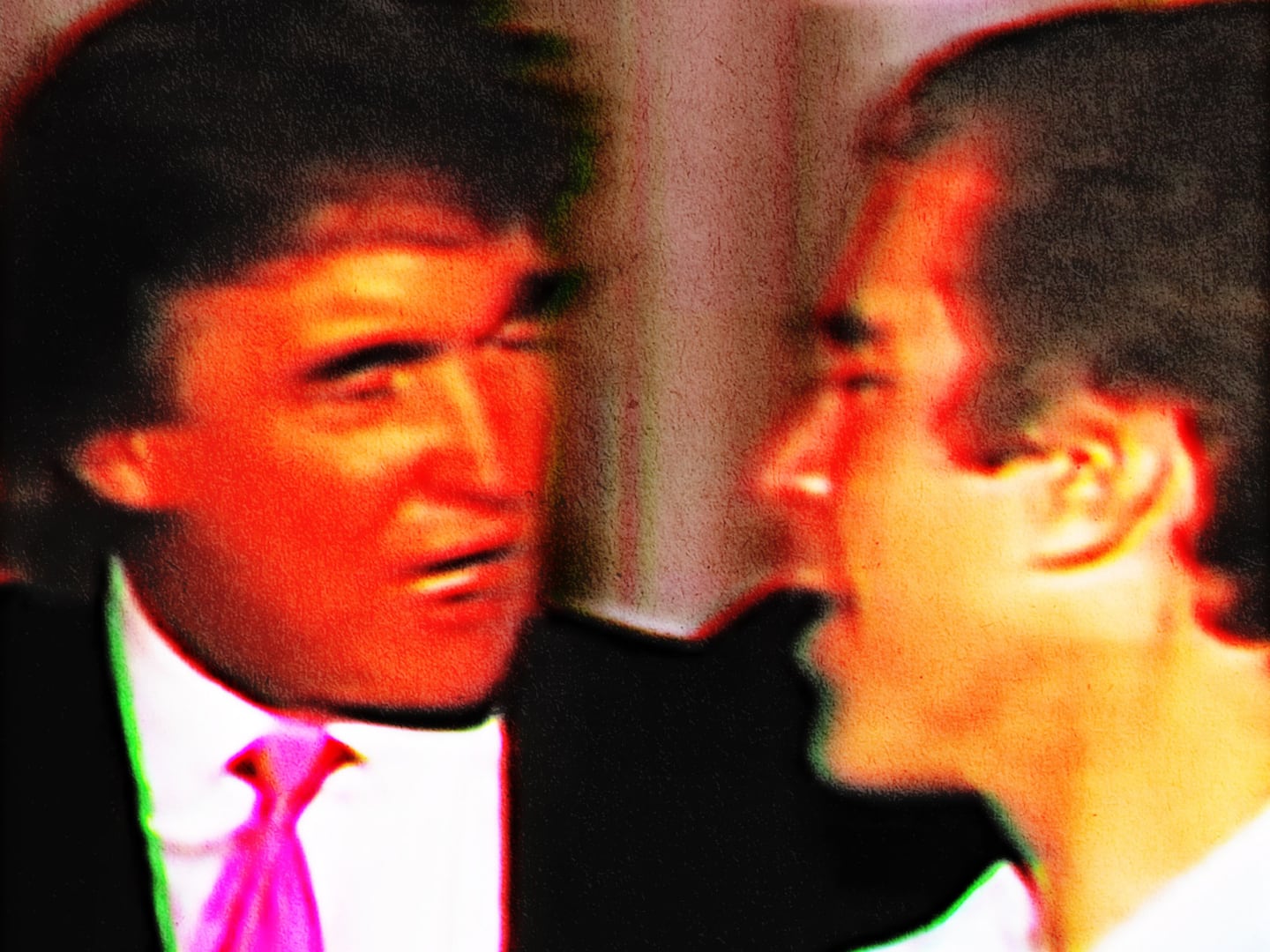MARIUPOL, Ukraine — Sergeant Ivan Kharkiv of the Azov Battalion is 21 years old but seems years beyond his age. He nods as the battalion’s press officer, Natalia, introduces us. The young officer invites us to walk with him through the yard of the dilapidated former School #61—now an Azov Battalion base on the east side of the city of Mariupol. The Azov is a volunteer militia of the Ukrainian Nation Guard that has proven fiercely effective in battle. It answers directly to the Ministry of Internal Affairs and works closely with the Ukrainian intelligence service, the SBU, handing over prisoners and providing intelligence. Sergeant Ivan Kharkiv is soft-spoken but his language is strong. “If [Russian President Vladimir] Putin wants to take Mariupol, he must know that at least 10,000 of his guys will die.”
Kharkiv lets these words settle and continues, “We know all of Mariupol. We control the roads and the high ground. He may try to use air forces but it does not matter.”
Sergeant Kharkiv does not believe that Putin will try to invade Mariupol. “Putin only wants to create instability and to train his army. He wants to tell the Russian people, ‘Look how Ukrainians live: In war! Russians live in peace.’ He wants to make people think all Ukrainians live in Donetsk,” the embattled breakaway republic.
When asked about the separatists’ recent assault on the eastern Ukrainian city of Marinka (also Maryinka) and media reports about a full-scale Russian invasion, Sergeant Kharkiv sighs, “Our enemy is not so stupid [as to invade]. The international media made Marinka look like a huge war, but it was not. I was there. We see this kind of fighting every day in Shyrokyne.”
Shyrokyne is a small coastal village 10 kilometers east of Mariupol, which has sustained intense shelling from separatist forces and become a flashpoint in this conflict. Despite the Minsk ceasefire agreements, forces on both sides continue shelling and villages like Shyroknyne become collateral damage.
“When I came to this war, when I came to Mariupol, I came prepared for urban warfare, but this is an artillery war. Here an AK-47 is only good for blocking your face from shrapnel.” The sergeant smiles, pretending to hold an imaginary AK-47 up to his face for protection, but feigning the weapon is hardly necessary, since the guns are everywhere. All around us, assault rifles rest beside soldiers sitting languidly in the shade, seeming pleased to be temporarily out of the trenches where there is no escape from the hot sun—except of course the worst, permanent kind of escape.
“This shit of war,” Sergeant Kharkiv muses. “People romanticize war like they see soldiers in films, until a 122 millimeter mortar lands in your trench. Then all your romantic ideas go to hell.”
The young sergeant then takes the conversation in a different direction, as if preparing to face the elephant in the schoolyard. He starts to talk about Nazis, and not the old ones, the new ones, some of whom are in the Azov’s ranks.
“In Europe, Nazis support Putin. They think that he wants to make a white, Slavic Europe,” says Kharkiv. “But the white leader, Putin, kills Slavic people. I don’t know what the separatists are fighting for. But if we destroyed Putin TV [Kremlin news propaganda], then in half a year we could end this war by just talking with civilians. If we are fascist Nazis then why are people like Georgians joining us to fight?”
As he speaks a young soldier walks over. Kharkiv introduces him. While shaking hands a large black tattoo becomes particularly visible on the young man’s extended upper bicep. The tattoo is an image of the Nazi eagle atop a black swastika.
When the soldier is gone Kharkiv sighs and says, “And yes we also have some guys who support those ideas. But guys with rightist extreme ideologies are in all armies… in the U.S. and in Russia. There are skinheads, for example. We tell them ‘OK, but we have a National Ukraine ideology. If you don’t have this as well, then you can leave.’ But also we have guys from many religions, who believe in different gods or no god, and they all sleep in the same room.”
Kharkiv tells us that there is a Jew in the battalion, but we have not met him.
For the Azov, it’s not just a matter of the occasional very confused kid hung up on some twisted variant of the Nazi ideology who wants to enlist. One could say it goes back to the history of collaboration between some Ukraine nationalists and the Nazis fighting the Soviets during World War II. But more specifically and more recently there is a recurring history of Nazi ideology in the battalion that goes back to its founder, Andriy Biletsky, who pulled together the neo-Nazi group called the Social-National Assembly (SNA) in 2008.
Last year, Biletsky and the SNA created the Azov Battalion as a volunteer militia. Both the battalion and the SNA sport what is essentially a crude swastika on their logo, although they publically deny that it is a swastika. Some members of the Azov Battalion even wear the swastika symbol against a yellow background as armbands. A significant portion of the Azov Battalion denies, at least publicly, that it has any neo-Nazi or white supremacist beliefs. Instead these members claim that the swastika-ish symbol on their flags and logo is not a swastika but an N and an I combined to mean “national identity.”
This is a hard sell considering the ideology of Biletsky, their founder and military commander. Also, the numerous swastika tattoos of different members and their tendency to go into battle with swastikas or SS insignias on their helmets make it very difficult for other members of the group to plausibly deny any neo-Nazi affiliations.
This creates a problem for those members of the battalion like Kharkiv who are clearly not neo-Nazis. But it creates a far larger problem for the Ukrainian government, which relies immensely on the group, as one of its most effective fighting forces, to defend the city of Mariupol and 100 kilometers of the front line. Last summer it was the Azov brigade, led by Biletsky, that liberated Mariupol from the Russian-backed separatists. Azov is completely entrenched in the power structure of the country. “We work with all defense systems of the Ukrainian government,” Kharkiv says.
The Ukrainian government isn’t the only government that should be concerned. The United States government at this moment is training parts of the Azov Battalion along with other Ukrainian National Guard battalions near the city of Lviv in western Ukraine. This unfortunate reality gives what Kharkiv calls “Putin TV” and the rest of the Kremlin propaganda machine everything it needs to portray the Ukraine government as fascist and the Americans as backing crypto-Nazis.
In some ways the incessant, noxious and once seemingly absurd Russian propaganda has become a self-fulfilling prophecy: The U.S. government is knowingly training and arming neo-Nazi Ukrainian ultranationalist paramilitary members in broad daylight in an unstable country with an unclear future. Nineteen million dollars of U.S. taxpayers’ money is going into this. We are all paying for it. There is no denying this one.
Do the Ukrainian people deserve a sovereign government, self-determination and the right to move toward the EU and NATO? Of course. Do the Ukrainian armed forces need training? Affirmative. As Kharkiv says, “We pay for our mistakes with our lives.” Is the territorial integrity of Ukraine worth fighting for? Absolutely. But by not only relying on these dodgy groups for stability but also by empowering, training and further arming them, leaders from both Ukraine and the United States are making very poor choices. They are gambling with the future of the Ukrainian people—one that is not theirs to lose.
As he walks us out, Kharkiv says, “After this I want to go back to university, but in America. I love America. I want to study political science at University Michigan.”
Indeed, Kharkiv would make a fine student of political science after what he has seen. He seems to be one of the very few people in eastern Ukraine not seriously confused. It will take years for political scientists to understand the various shades and brands of extremism that slowly gravitate to the front lines of both sides of this kind of war.
As Kharkiv puts it, “Guys like this become terrible headaches for our government.”
So, what is most alarming is where these U.S.-trained warriors will go and what they will do when there is no war left to fight and when all is quiet on this eastern front.







